There is a world of difference between the wild animals that the relatives of our domesticated dogs and cats ate and the animals raised for food today for a raw food diet plan. Animals raised for food typically have more fat and less amounts of protein, antioxidants, and minerals.
How does all of this affect your pet?
If you want to feed your pet a diet similar to what they would have eaten in the wild, food that comes from animals raised for food, even minimally processed ones, will not contain the appropriate amounts of antioxidants, minerals, and protein and will also have too much fat. In order to correct these imbalances, it is crucial to supplement the diet with additional vitamins and to serve the less fatty part of the animal.
The more fat an animal has, the less protein it will contain.
If you study nature, you will probably never see an overweight prey animal. In today's world, however, animals that are raised for food are deliberately raised to be fat and are feed with the cheapest of grains. This is done purposely because the seller knows that he can get more money for an animal that weighs more. Those fortunate animals who are allowed a free range or a pastured existence are still fatter than animals who live in the wild. The calories that come from an animal raised for food are mainly derived from fat and not from protein.
There are also varying levels of fats found in these animals.
An animal found in the wild will have different amounts of fats such as polyunsaturated, monounsaturated, and saturated in its system as opposed to the same animal who has been domesticated. Because animals raised for food are less active and have a radically different diet from their wild counterparts, this leads to the differences in the fat levels. Saturated fat levels are higher in the meat of ruminant animals such as cows, lambs, or deer while their levels of polyunsaturated fats are low.
These meats also have a lower level of antioxidants and minerals.
Animals raised for food have less minerals in their meat than animals of the same type found in the wild. The cause of this is that animals bred for food are given a diet lacking the minerals found in the diet of prey animals. Even the meat of free range animals is shown to contain less minerals than that of its wild counterpart because they are typically fed a diet high in fat. Because animals that are raised for food are not fed diets with enough antioxidants, their meat is lacking in this area as well as these animals can not choose to eat what they want. Animals in the wild, however, do tend to naturally gravitate to those foods that have high levels of antioxidants as research has shown.
How Darwin's adjusted meals to account for these deficiencies.
One company, called Darwin's Natural Pet Food, made calculations in the diet in order to compensate for the deficiencies found in the meat of animals raised for food whether premium free range or average quality meats in comparison with the animals found in the wild. Every meal is supplemented to make up for the deficiencies by including additional vitamins and minerals such as Omega-3 and Omega 6 by doing such things as adding hemp seed oil to cow feed or flax seed oil to poultry feed.

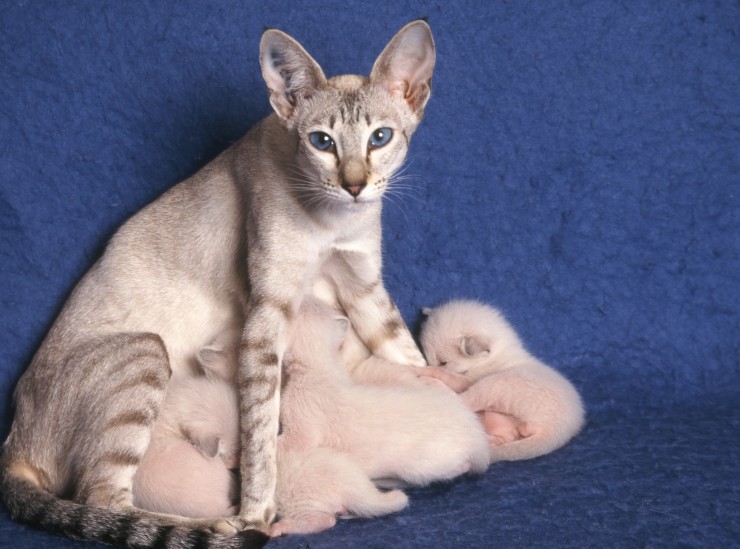 Cat Pregnancy - A Week By Week Pregnancy Calendar
Cat Pregnancy - A Week By Week Pregnancy Calendar
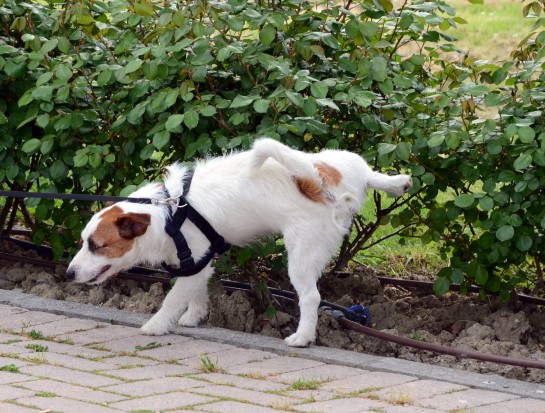 Indications That Your Dog Or Puppy Needs To Go To The Toilet
Indications That Your Dog Or Puppy Needs To Go To The Toilet
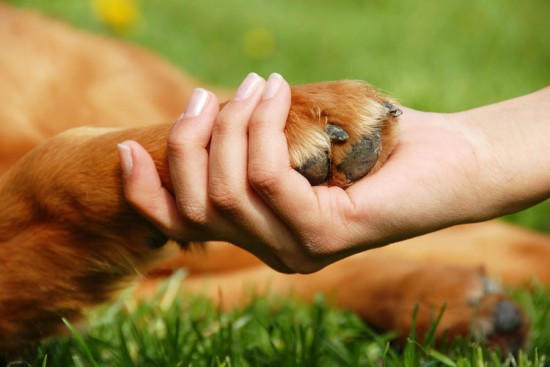 A Guide To Dogs - For Non Dog Lovers
A Guide To Dogs - For Non Dog Lovers
 The History And Breeding Challenges Of The Uncommon Snowshoe Cat
The History And Breeding Challenges Of The Uncommon Snowshoe Cat
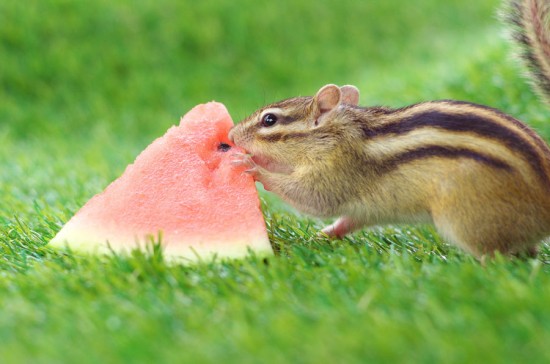 Chipmunks - A Beginner’s Guide
Chipmunks - A Beginner’s Guide
 26% Of Crufts Winners Are Overweight, Says Research In Veterinary Record
26% Of Crufts Winners Are Overweight, Says Research In Veterinary Record
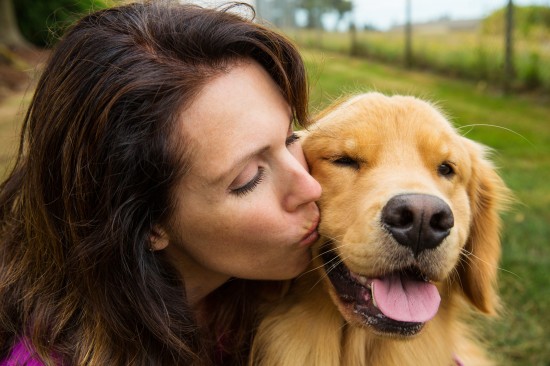 How Long Will It Take For A Dog To Bond With A New Owner?
How Long Will It
How Long Will It Take For A Dog To Bond With A New Owner?
How Long Will It
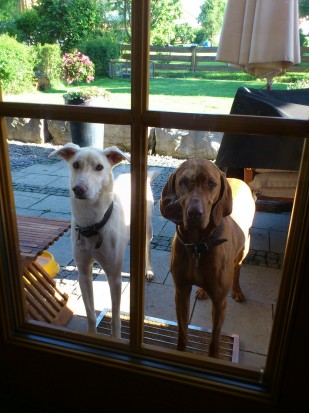 How To Stop Your Dog From Jumping At Glass Doors
How To Stop Your
How To Stop Your Dog From Jumping At Glass Doors
How To Stop Your
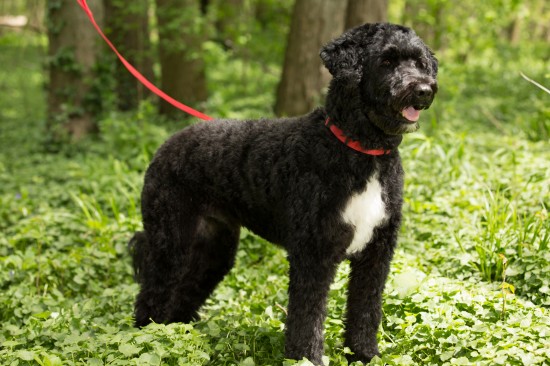 Health Issues Commonly Associated With The Portuguese Water Dog
Health Issues Com
Health Issues Commonly Associated With The Portuguese Water Dog
Health Issues Com
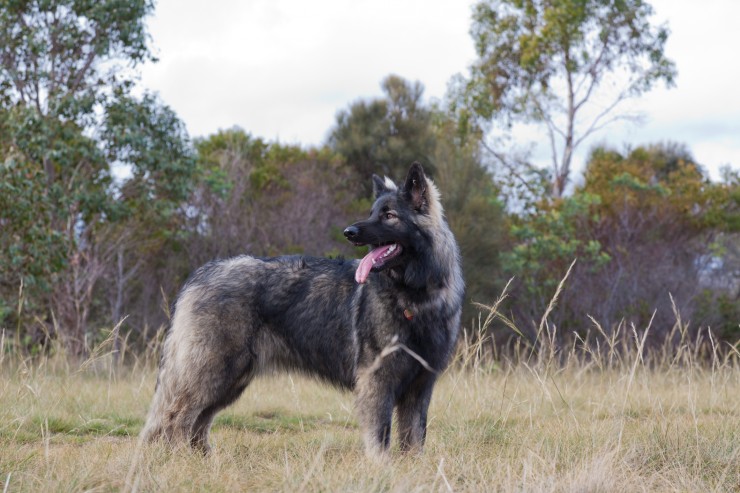 Learning About The Shiloh Shepherd Dog
Learning About Th
Learning About The Shiloh Shepherd Dog
Learning About Th
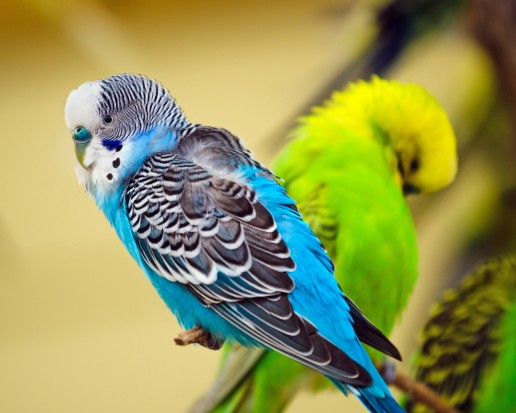 Budgerigar Colour Genetics
Budgerigar Colour
Budgerigar Colour Genetics
Budgerigar Colour